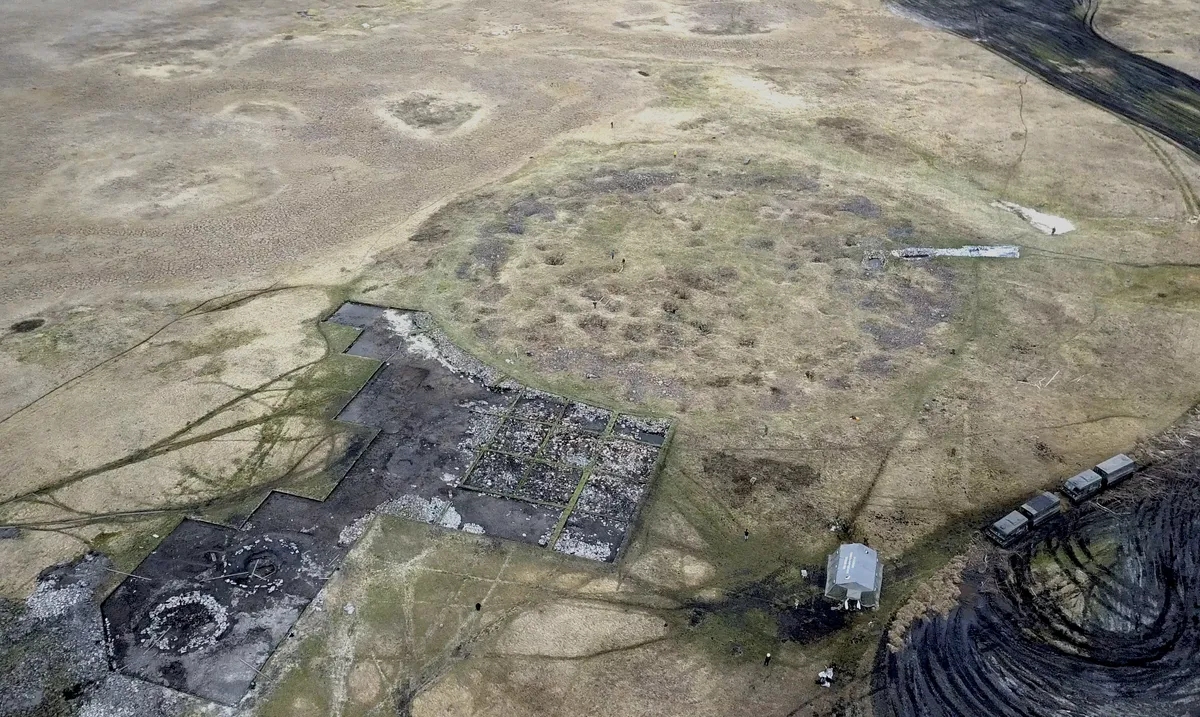Humans news stories

A 2,800-year-old burial in Siberia that contains the remains of an elite individual, who was buried with at least one sacrificed human and 18 sacrificed horses, appears to belong to a culture closely related to the enigmatic Scythians, a new study finds.

The findings raise questions and shed light on snail consumption and the antiquity of culinary traditions in Tunisian societies. The findings are published in the journal Archaeological and Anthropological Sciences.

A complex picture of how Neanderthals died out, and the role that modern humans played in their disappearance, is emerging.

Across the United States, the second Monday of October is increasingly becoming known as Indigenous Peoples Day. In the push to rename Columbus Day, Christopher Columbus himself has become a metaphor for the evils of early colonial empires, and rightly so.

A couple of congressmen are asking for your assistance to better understand how to safely incorporate psilocybin and MDMA into therapy.
Humans use smiles and laughter to communicate playfulness. Now, the behaviour has been confirmed in a species of dolphin, too. The research is published in the journal iScience.

A comet that has not been seen from Earth since Neanderthals were alive and kicking has reappeared in the sky, with astronomers saying it might be visible to the naked eye.

Dennis McKenna and anthropologist Wade Davis are working together to organize a movement dedicated to ending the vilification of the coca plant, and the persecution of its consumers.

The existential threat from a large meteor is real, but two next-generation telescopes are about to make us safer.
Journalist and best-selling author Graham Hancock’s new 6 x 40-minute documentary series Ancient Apocalypse: The Americas, will be released on Netflix on Wednesday 16th October. See the Official Clip here.
A cheese found in northwestern China is 3,600 years old and is the subject of a paper published today in the journal Cell.

In a recent study published in the journal Scientific Reports, the use of new bioarcheological methods has allowed the identification of chromosomal sex from the study of DNA and the analysis of a protein known as Amelogenin present in the tooth enamel.

Archaeologists have analyzed textiles from the ancient city of Huacas de Moche, Peru, showing how the population’s cultural traditions survived in the face of external influence. See the study here.

The book “Norell and Strange” offers a compelling allegory for the psychedelic industry, especially in its relation to mysticism and magic.

Scientists have grown an ancient seed from a cave in the Judean Desert into a tree — and it could belong to a locally-extinct species with medicinal properties mentioned several times in the Bible

Computers truly are wonderful things and powerful but only if they are programmed by a skillful mind. Check this out… there is an algorithm that mimics the growth of slime mold, but a team of researchers has adapted it to model the large-scale structure of the Universe.








